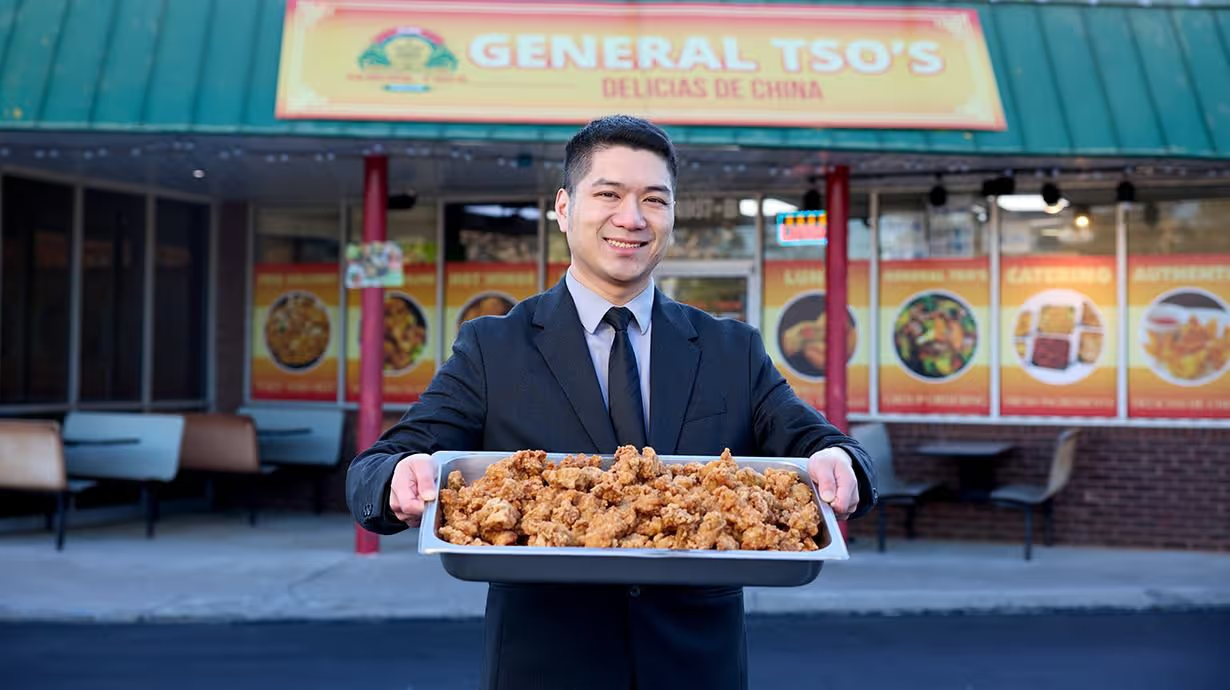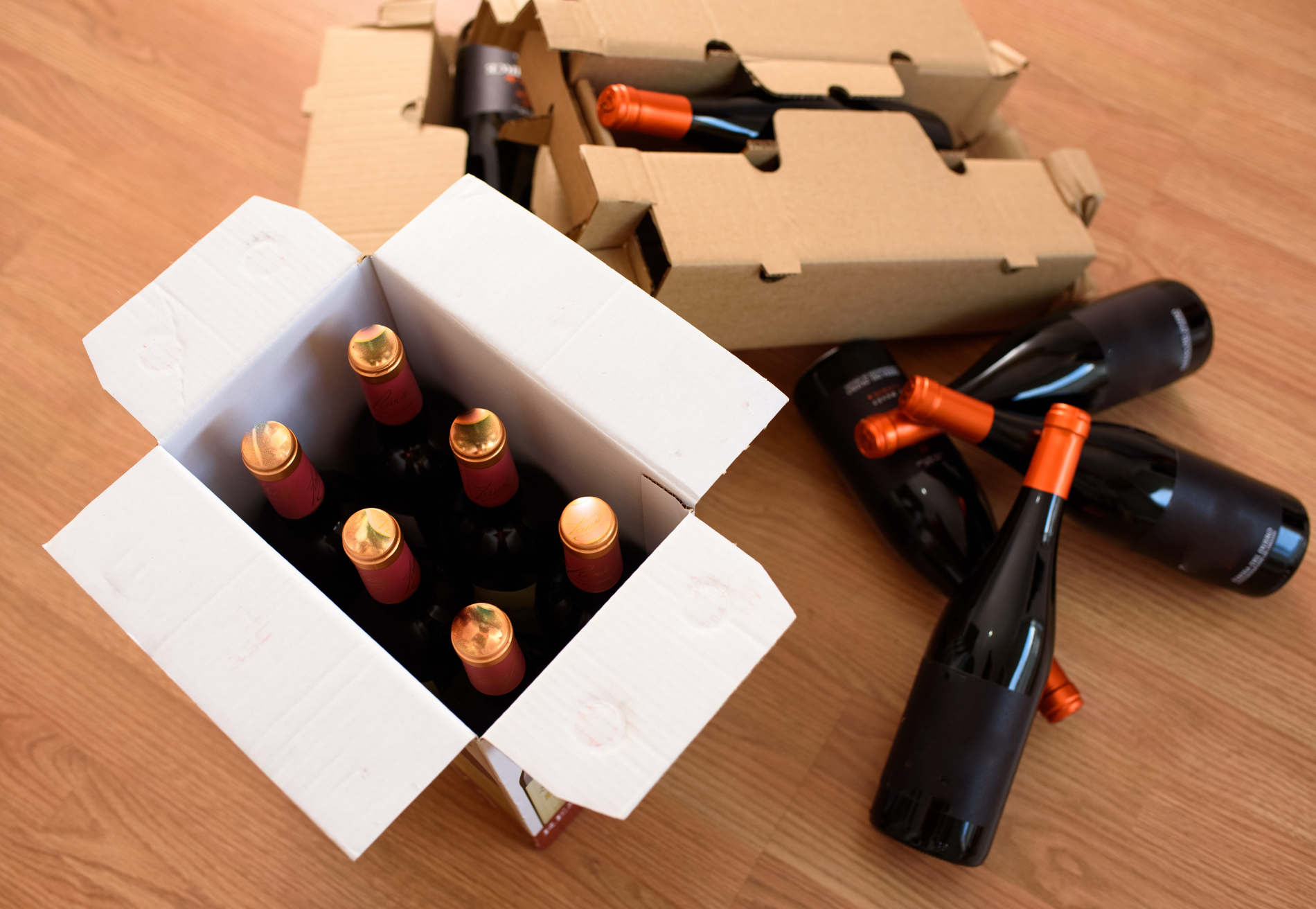How to Start a Pop-up Restaurant

In the ever-evolving restaurant industry, pop-up restaurants have emerged as a trendy and cost-effective way for aspiring restaurant owners and chefs to test new concepts, menus, and ideas.
Unlike traditional brick-and-mortar restaurants, pop-ups are temporary, allowing for flexibility in location and a sense of urgency that creates a unique dining experience.
In this article, we'll explore the ins and outs of starting a successful pop-up restaurant, focusing on how this specific delivery service model can play a significant role in its growth and outreach to potential customers. We'll also delve into examples of successful pop-ups and share expert tips on setting up a pop-up food stand.
So, if you're a restaurant owner or manager interested in exploring the world of pop-ups, read on to discover how to make your venture thrive.
What is a pop-up restaurant?
A pop-up restaurant is a temporary, time-limited dining experience. They come in many forms and across various localities. Restaurants, bars, rooftops, and theaters are touted as the best locations for such events.
These temporary dining experiences can take various forms and can be hosted in diverse locations, such as existing restaurants, bars, theaters, or even city rooftops. By capitalizing on the limited-edition nature of pop-ups, you can create a buzz and gather valuable feedback before investing in a full-fledged permanent restaurant.
Pop-ups can exist for a few hours, days, weeks, or maybe months. Their limited-time nature creates a sense of urgency and exclusivity. It's this urgency that hypes potential customers to try the new experience.
Key steps to starting a pop-up restaurant
Starting a pop-up restaurant is an exciting endeavor that offers numerous advantages for both seasoned restaurant owners and first-time entrepreneurs.
Some considerations for starting a successful pop-up restaurant include:
Step 1: Choose the right concept
Clearly define the purpose and desired outcome of your pop-up restaurant. Whether you're testing a new concept, exploring a new neighborhood, or experimenting with a specific cuisine, having a well-defined objective will guide your decisions and measure your success
Think outside the box to differentiate yourself from traditional restaurants in the area. Your concept will be the foundation upon which you'll craft your menu.
Step 2: Craft an innovative menu
Your menu is the heart of your pop-up restaurant. Pop-up menus typically feature a limited number of well-curated dishes offered at a fixed price or through prix fixe menus, which can create an exclusive dining experience for your guests. Consider dietary preferences and local trends when designing your menu to cater to a broader audience.
Step 3: Find the perfect location
A crucial aspect of running a pop-up restaurant is choosing the right location. It's where your culinary creations will come to life and where potential customers will have their first encounter with your brand.
Consider areas with high foot traffic or places that align with your target audience. Some cities even have dedicated spaces for pop-ups, simplifying the process of finding a suitable spot. Unconventional locations can add novelty and intrigue to your pop-up's appeal. Food halls, local outdoor markets, and even chef's homes can also serve as exciting pop-up locations.
Step 4: Obtain permits and licenses
While pop-up restaurants offer flexibility and creativity, they still require the necessary permits and licenses to operate legally. Depending on your city and location, you might need sign permits, health inspections, food service licenses, building health permits, employee health permits, resale permits, and temporary permits. Compliance with regulations is crucial for a successful and legally compliant pop-up operation.
Step 5: Set a budget plan
Creating a detailed budget plan is crucial for the success of your pop-up restaurant. Estimate your income and expenses, taking into account labor costs, food costs, marketing expenses, and potential revenue from delivery or takeout sales. Having a well-organized budget plan will help you stay on track and make informed decisions throughout your pop-up journey.
Step 6: Equip your kitchen
A pop-up restaurant may require fewer kitchen equipment and tools. Depending on your menu and concept, invest in essential kitchen equipment. Depending on your menu and concept, invest in essential kitchen equipment to prepare and serve your dishes efficiently. This minimalist approach can help keep costs down while maintaining the quality of your offerings.
Pros and cons of opening a pop-up restaurant
There are a few pros and cons of running pop-up restaurants. These temporary facilities allow you to test new concepts, menus, and pricing models. Furthermore, pop-ups are quite cheap to start and run. For instance, you merely need the rent and labour expenses.
However, their temporary nature can also be a problem. Consider the challenges of operating in a new territory. Controlling costs can be difficult. Also getting people to buy food from your pop-up restaurant can be a challenge. Many pop-up restaurants' success depend heavily on social media and buzz. Failed social media marketing means a failed pop-up restaurant.
How to increase your pop-up restaurant sales
Promotion is key to attracting potential customers to your pop-up restaurant. Once you have your concept dialed in and your menu decided, here are some additional ways you can increase your restaurant sales:
- Make it a mobile pop-up
Food trucks offer a mobile and flexible option for a pop-up restaurant. They allow you to reach various locations and cater to different audiences, making them an excellent choice for testing your concept in diverse markets. Additionally, food trucks have gained popularity over the years and can attract customers on their own merits.
- Pop-up marketing and collaboration
Effective marketing is crucial to create buzz and attract your target customers. Embrace digital marketing strategies like social media and community building which will help spread the word about your pop-up dining experience. Collaborating with local businesses is also helpful and can help you get you more visibility.
- Delivery and takeout
When establishing your pop-up restaurant, it's essential to incorporate delivery and takeout options to cater to a wider audience and boost your business's reach. Collaborating with reliable delivery services such as Ubereats or Doordash can be instrumental in expanding your customer base.
To enhance the efficiency of your delivery operations, consider utilizing Shipday, our all-in-one dispatch app designed to streamline your delivery process and delight your customers with real-time tracking. Shipday provides your drivers with a user-friendly app that automatically notifies them of new orders and keeps customers updated on their order's ETA, ensuring transparency and convenience
Examples of successful pop-up restaurants
A standout example of a successful pop-up restaurant is "Hot Ones" teaming up with Grubhub to open the first-ever delivery pop-up in New York City. Leveraging Grubhub's delivery capabilities, "Hot Ones" offered their unique menu items for a limited time, creating a sense of urgency and excitement among fans and food enthusiasts
Conclusion
Starting a pop-up restaurant can be an exciting and rewarding journey for first-time owners and seasoned entrepreneurs. With lower startup costs, pop-up restaurants provide a valuable platform to enter the competitive food industry.
Offering delivery options for your pop-up restaurant is an important way to get your food to a wider audience. Managing the logistics of delivery can be difficult, but with Shipday, restaurants can be assured that they can seamlessly manage drivers, optimize routes, and satisfy customers, leaving them more time to focus on their food.
Right now you can trial Shipay for free, and see the great things it can do for your pop-up restaurant.
Index
Ready to get started?
Play around with it first, add your team, pay later.








.avif)






%201.svg)
